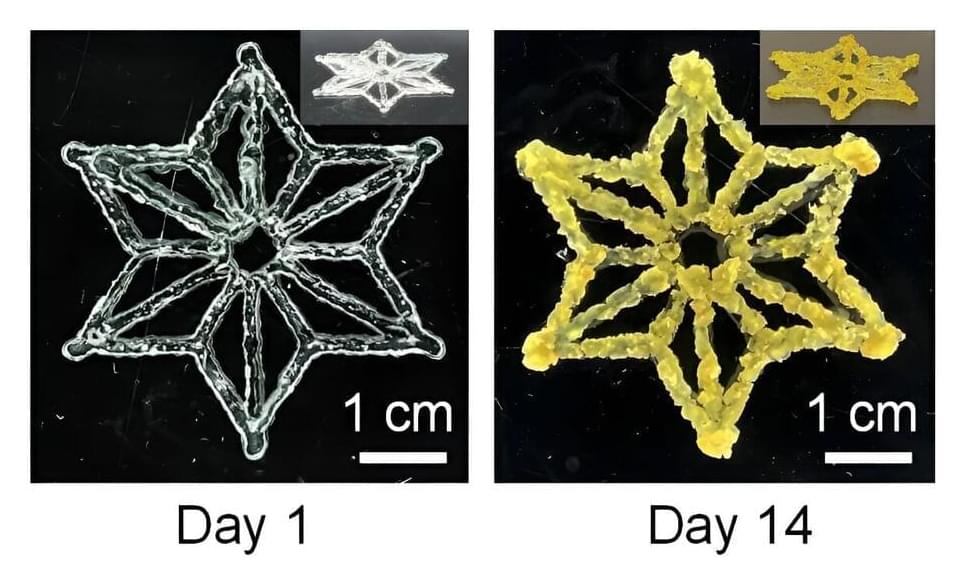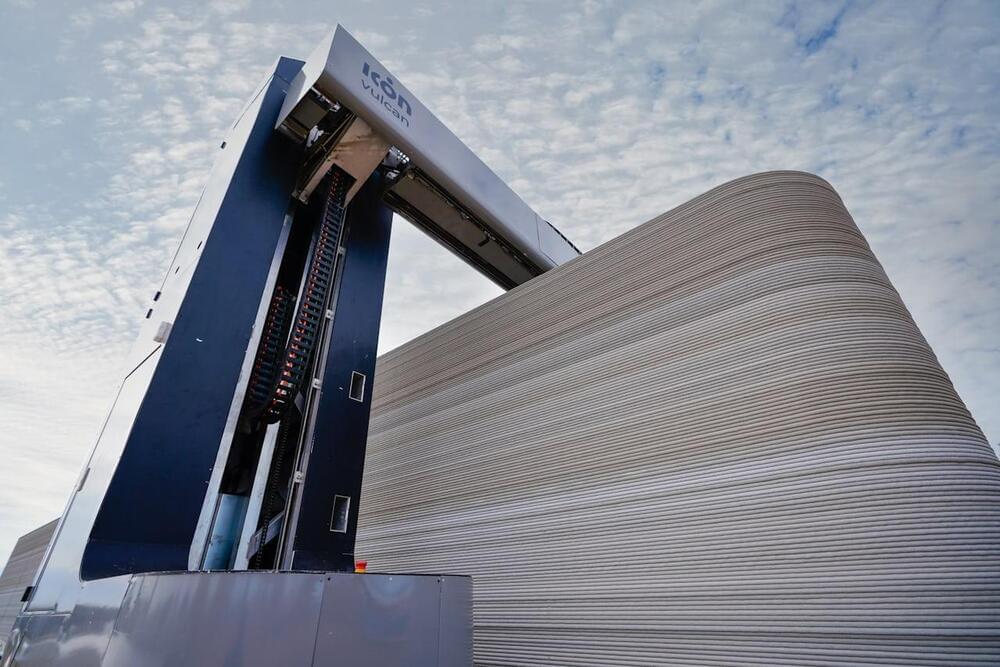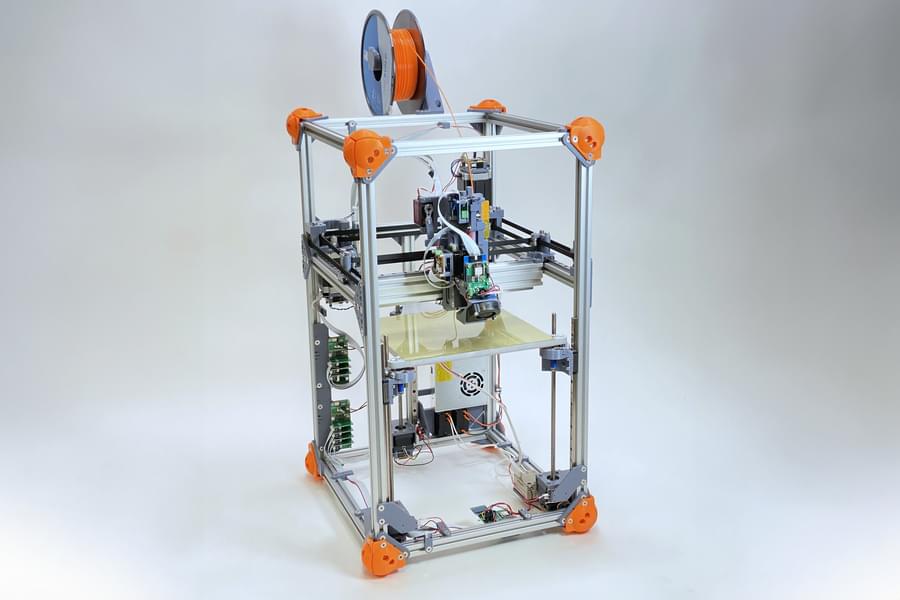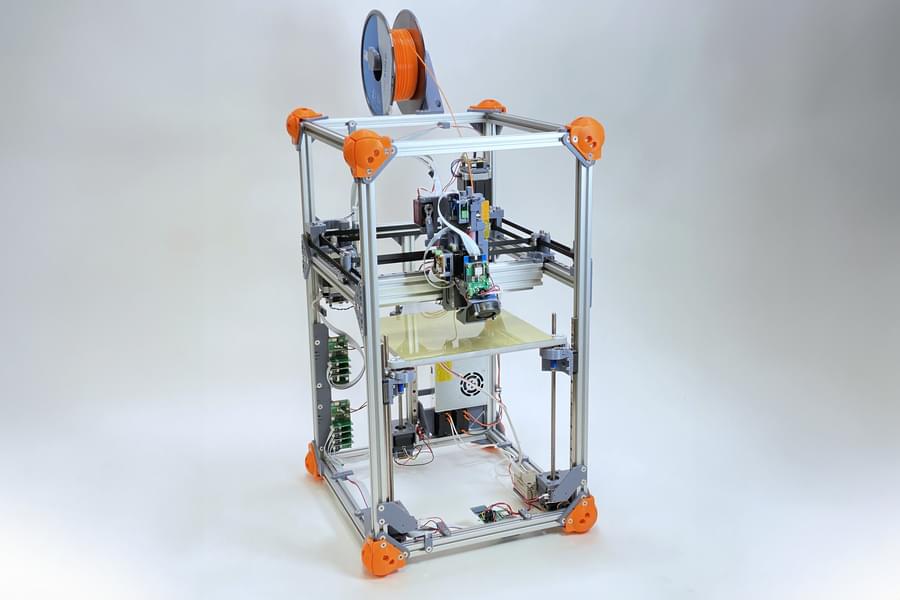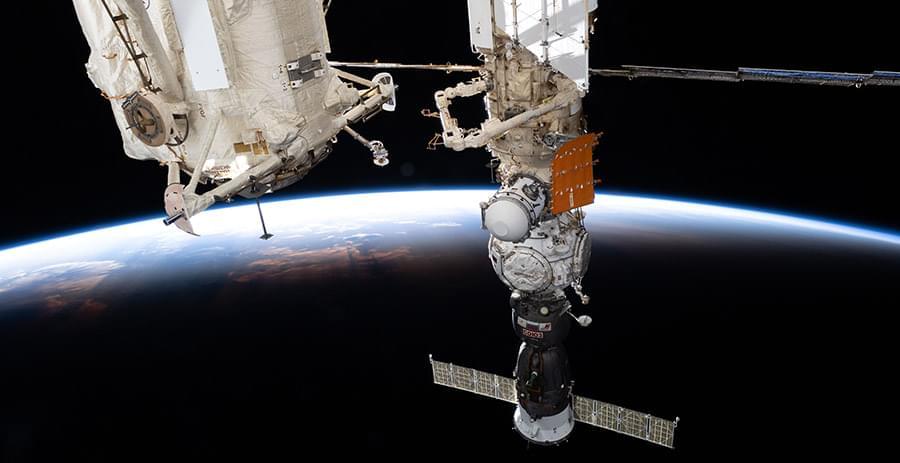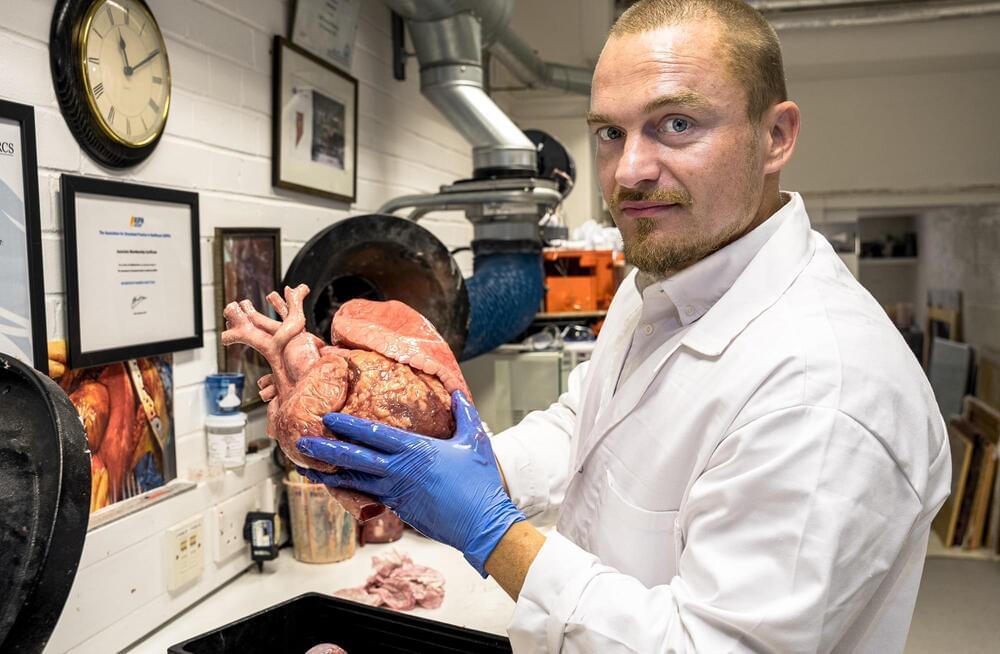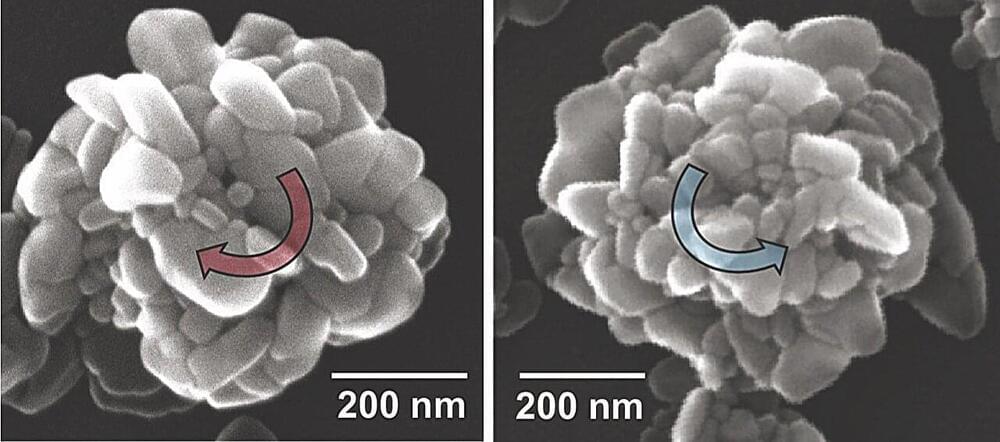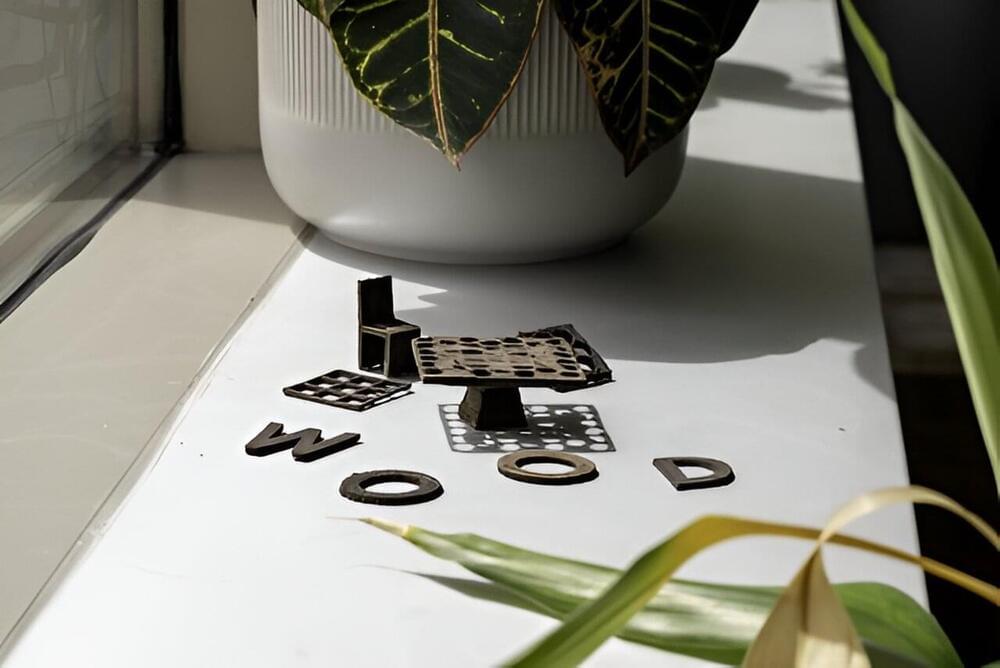May 1, 2024
Marriage of synthetic biology and 3D printing produces programmable living materials
Posted by Dan Breeden in categories: 3D printing, bioengineering, biological, genetics, sustainability
Scientists are harnessing cells to make new types of materials that can grow, repair themselves and even respond to their environment. These solid “engineered living materials” are made by embedding cells in an inanimate matrix that’s formed in a desired shape. Now, researchers report in ACS Central Science that they have 3D printed a bioink containing plant cells that were then genetically modified, producing programmable materials. Applications could someday include biomanufacturing and sustainable construction.
